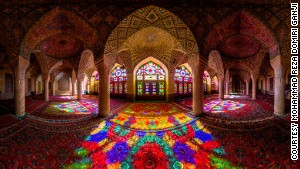 CNN) — It’s a side of Iran the rest of the world doesn’t normally get to see — the kaleidoscopically brilliant interiors of the country’s intricately designed mosques.
CNN) — It’s a side of Iran the rest of the world doesn’t normally get to see — the kaleidoscopically brilliant interiors of the country’s intricately designed mosques.
With beautiful mosaics and stained glass framed by powerful architecture, the buildings are astounding.
Their fine detail has been captured in a series of breathtaking photographs by Mohammad Reza Domiri Ganji, a 24-year-old physics student from Babol, a city in Iran’s northern Mazandaran province.
What’s equally incredible is that Ganji’s skills behind the lens are largely self-taught from watching internet tutorials.
Add to that the difficulties of actually taking high quality photos in mosques, where using equipment such as tripods is heavily restricted.
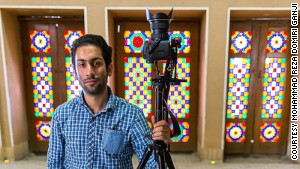
Ganji says his project to document mosque interiors and other Iranian landmarks began in 2008 after he was inspired by images taken inside Egypt’s pyramids.
Prohibited equipment
«The photos had aesthetically documented those historical sites and made me highly amazed and inspired,» he tells CNN.
«I wondered if I could take similar pictures of historical sites, and so through my trips all around Iran, I began to find old mosques suitable for taking interior pictures.»
It wasn’t an easy task.
While tourists are permitted to take photos, using tripods and the professional equipment Ganji needed to capture his perfectly symmetrical shots in low light is usually forbidden.
«Most of the time I had to take care of lots of paperwork, spending several days to get official permission,» he says.
«This process is even harder than it sounds, and I’ve had several unsuccessful efforts.»
Ganji uses fisheye and other wide angle lenses and panoramic tripods to create his photos, sometimes digitally stitching several images to create composites.
Often, his work involves an early start.
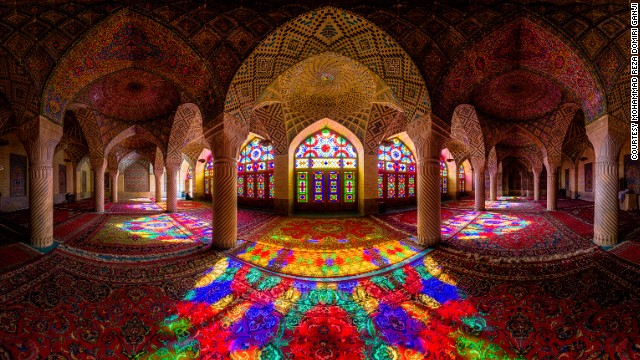

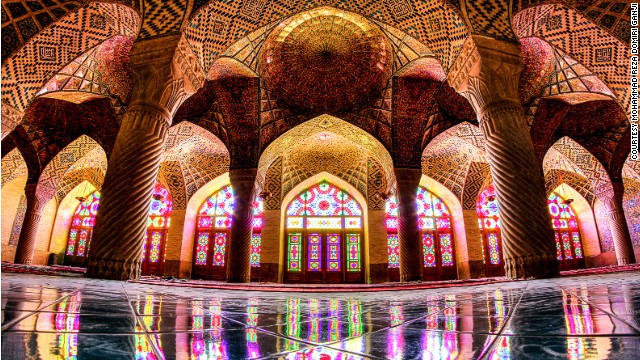

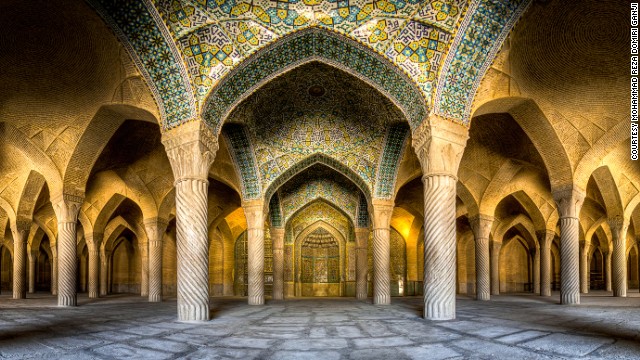
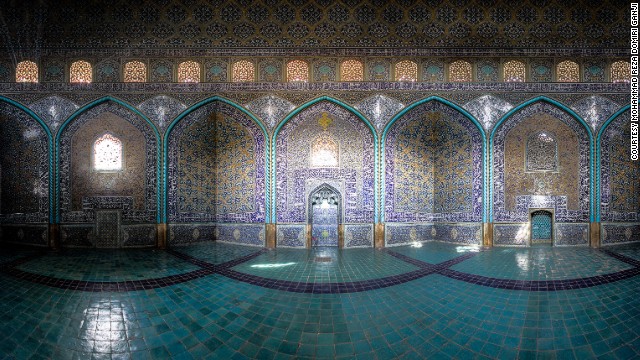

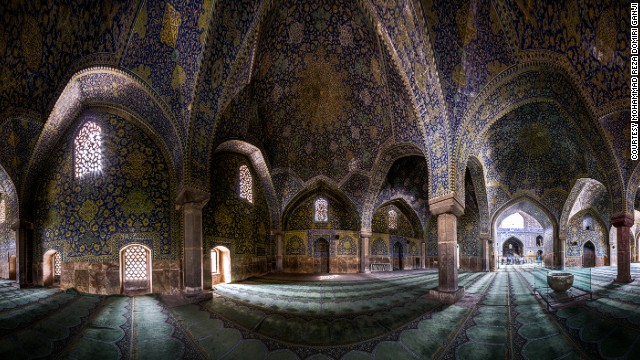

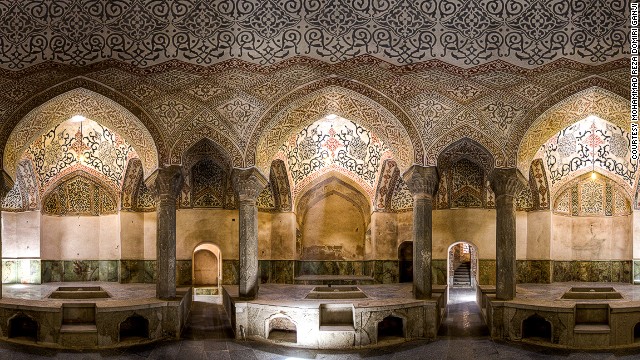

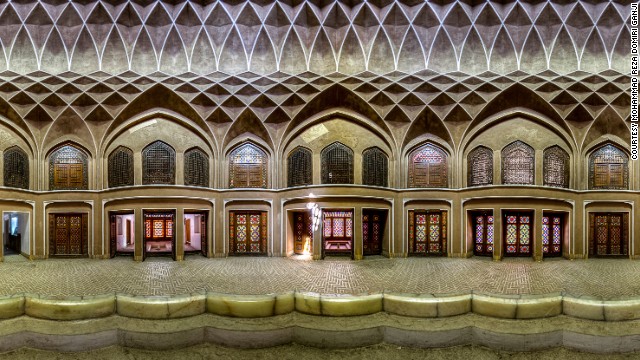
Lack of appreciation
«I prefer mornings, as the light is more appropriate and there are fewer people around,» he says. «In the afternoon, these places are usually crowded, and in the evenings, some of them are closed for praying rituals.»
Ganji says he prefers capturing the interiors of mosques with symmetry, interior columns, good lighting and beautiful mosaics.
«I also like buildings that are well known, popular and important. Although there are many people and tourists taking pictures of those places, and there are numerous images on the internet, I enjoy showing them in my own way.»
While his work has begun to attract international attention, Ganji says it’s yet to stir significant interest in Iran.
«I’ve even sent it to national festivals. Not only was my work not been seen or selected, but I didn’t even receive any appreciation or support from organizations or government.
«In spite of that, I’m sincerely happy that my work is now being seen worldwide and that I’ve been able to show Iran to others through my art.»
Ganji says he’s hoping to augment his image series by visiting more historic sites in Iran and also hopes to travel to photograph Jewish and Christian holy sites.
http://edition.cnn.com/2014/11/11/travel/amazing-iran-mosques/index.html


